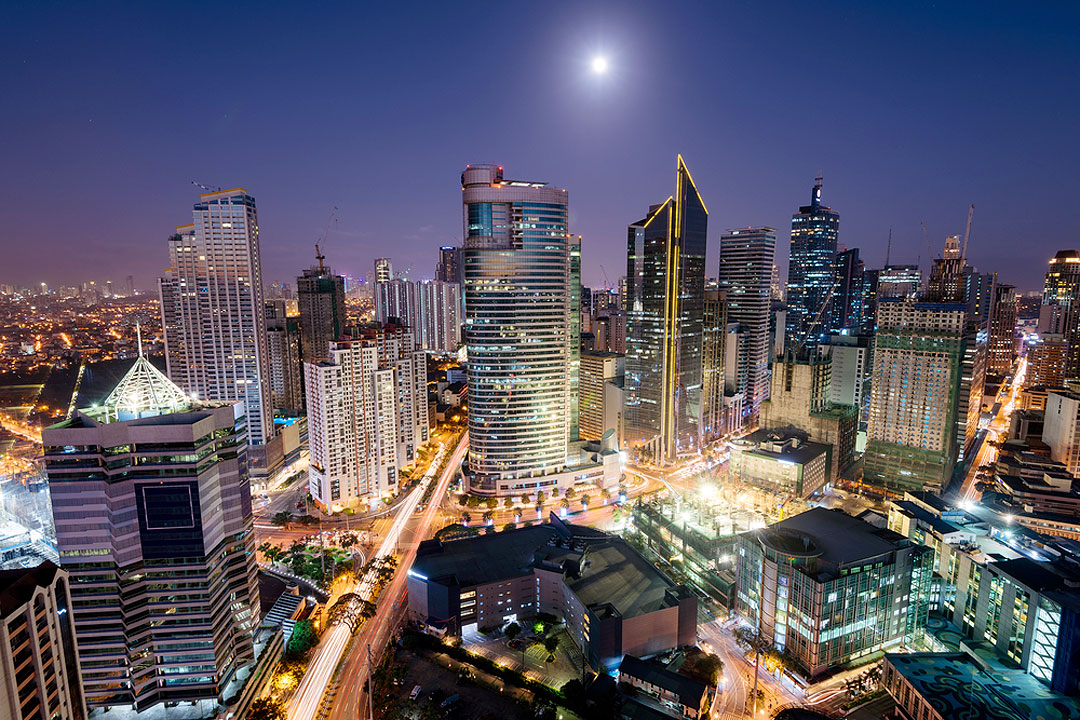Metro Manila office vacancy to stay near 20%

By Beatriz Marie D. Cruz, Reporter
METRO MANILA’S office vacancy rate will remain high through 2027 as new supply continues to outpace demand, according to real estate consultancy KMC Savills, Inc.
“The capital’s office market will remain under pressure from high vacancies and structural oversupply through 2027, keeping rental growth subdued,” KMC Savills said in a third-quarter report.
Vacancy rates are projected to hover around 20% in the next three years, weighed by high inventory in key districts such as the Bay Area and Alabang Central Business District (CBD).
The vacancy rate stood at 20.6% last quarter, almost unchanged from 20.7% in the second quarter. The slight improvement was offset by the completion of new buildings in Makati and Taguig, the firm said.
The Alabang CBD recorded the highest vacancy rate at 36.6%, followed by the Bay Area — which includes Manila, Pasay and Parañaque — at 35.9%. In contrast, Bonifacio Global City (BGC) continued to post tight occupancy at 8.3%, while Makati CBD, Ortigas Center and Quezon City had modest declines in vacant space.
“This sustained high vacancy suggests a structural mismatch between available supply and current tenant demand, which is further impacted by client nonrenewal,” KMC Savills said.
Among business districts, BGC remains the biggest with 2.26 million square meters (sq.m.) of office stock, followed by Makati CBD (1.75 million sq.m.), Ortigas Center (1.33 million sq.m.), Bay Area (1.25 million sq.m.), Quezon City (907,000 sq.m.) and Alabang (667,000 sq.m.).
Net office take-up dropped 15.65% year on year to 37,800 sq.m. in the third quarter, and fell 32.35% from the previous quarter’s 55,879 sq.m. Leasing activity was concentrated in BGC and Ortigas Center.
New supply is expected to rise sharply next year after a quiet year for completion. Only 10% of the 338,000 sq.m. expected new supply for 2024 was delivered as of the third quarter.
While demand from information technology-business process management (IT-BPM) firms and traditional tenants remains steady, KMC Savills said it is not enough to absorb the upcoming inventory.
“The incoming supply pipeline, coupled with the lingering impact of vacant spaces, means that demand absorption is currently insufficient to significantly reduce the overall vacancy rate in the short to medium term,” it said.
From 2025 to 2030, Quezon City is expected to account for the biggest share of upcoming office space with 220,000 sq.m., followed by the Bay Area (204,000 sq.m.), BGC (146,000 sq.m.) and Makati (103,000 sq.m.).
Landlords are expected to roll out aggressive incentives and concession packages to attract tenants amid the glut.
Average monthly prime office rents declined 1.7% quarter on quarter to P833.4 per sq.m. in the third quarter, dragged by softening rates in Makati and BGC.
Rental declines are expected to bottom out near P800 per sq.m. per month by end-2026 as landlords in top-grade buildings become less flexible on pricing, KMC Savills said.



